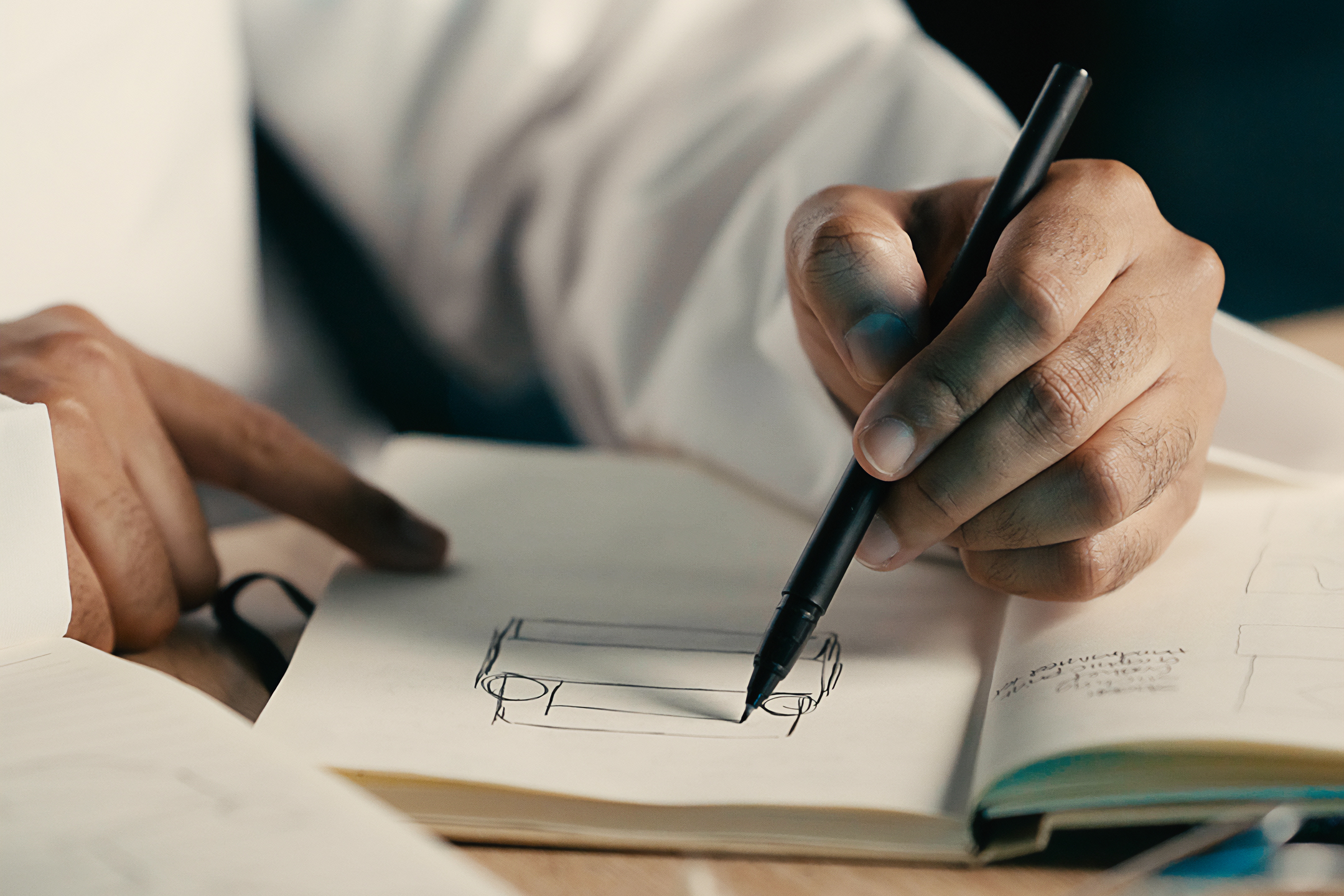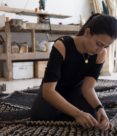Hammam Al Abdulla & Galiyah Al Mohannadi
Developed by M7, Qatar’s hub for design, fashion and tech innovation, the annual Zwara programme supports designers on their creative journeys through mentorship and development opportunities. Now in its 4th edition, Zwara continues as a platform for storytelling and design experimentation with a new generation of designers.
Q Life met with two of the creatives from this year’s programme, Hammam Al Abdulla and Galiyah Al Mohannadi, who discussed their work and inspirations.
Hammam Al Abdulla
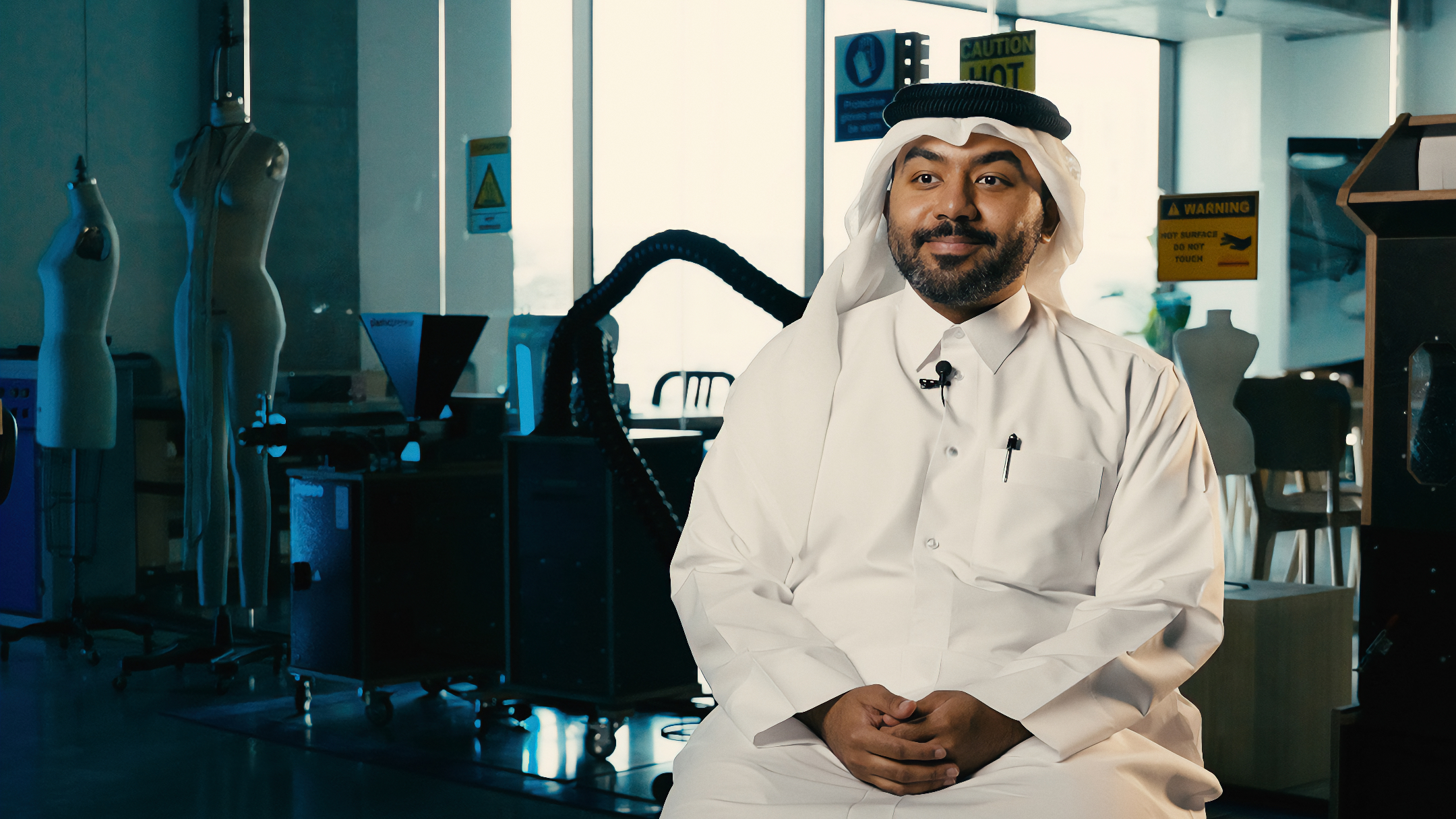
Hammam Al Abdulla was first drawn to interior design through travel, “I just came to understand there’s some special magic happening in certain spaces.” With his curiosity sparked, he went on to study the subject at university and eventually took on the role of Exhibition Designer at Qatar Museums. Now, Hammam’s quest to find that magic has led him to the Zwara programme, with this year’s edition inviting designers and architects to reimagine an item from M7’s recent Masterpieces of Furniture exhibition.
For his project, ‘Nusj’, Hammam takes the Wassily chair (an iconic design from the 1920s) and places it in the context of the majlis, a sitting room found throughout the region. Hammam explains: “[The] design places Qatari furniture within a global context, as if influenced by the 1920s modernism movement while remaining true to its traditional language”.
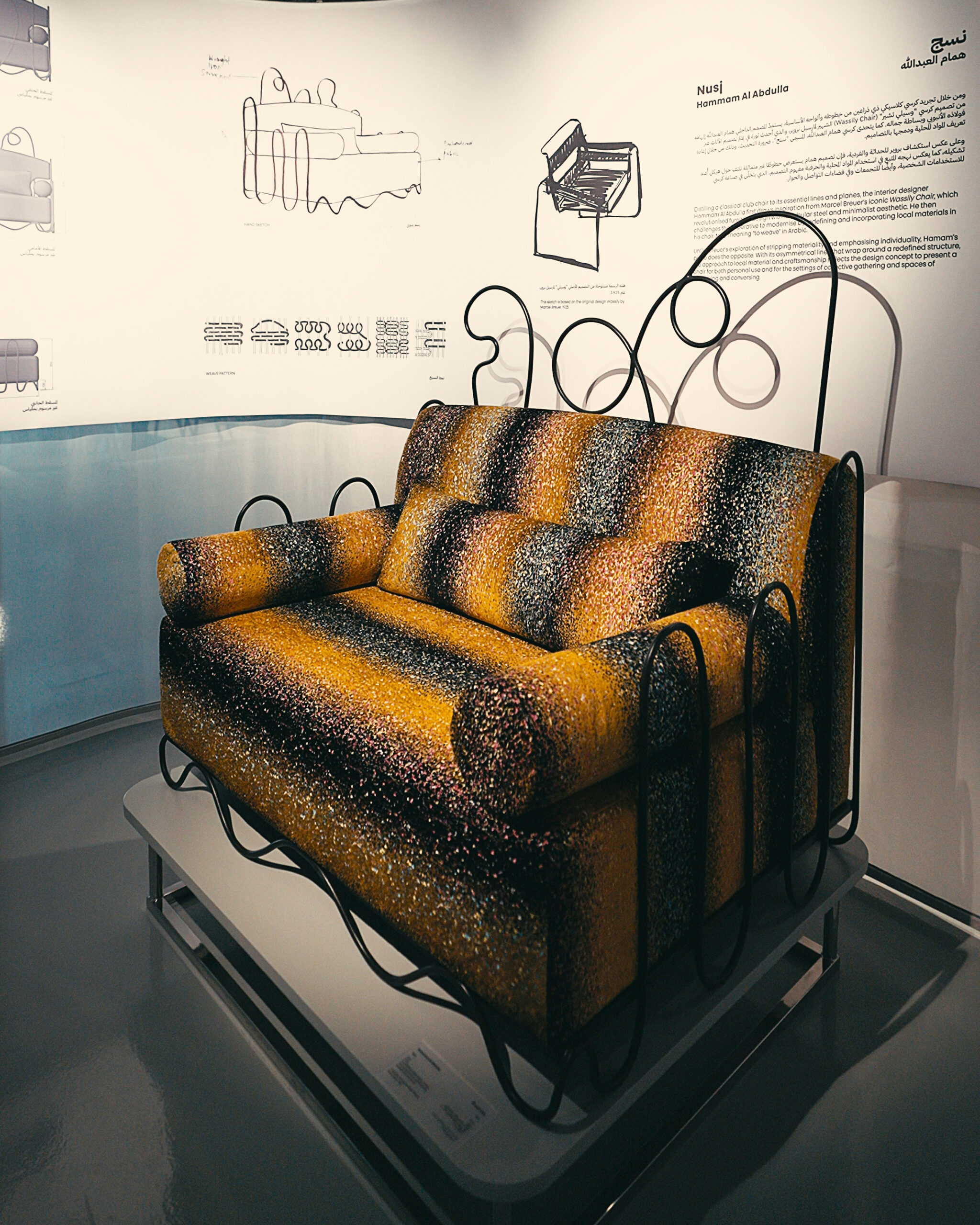
Through the project, Hammam has been able to explore one of his greatest design ambitions – sharing Qatar’s unique design culture with the world. Hammam’s work takes an essential part of Qatari culture and merges it with the global, thus bringing Qatari design and culture onto the world stage, “In Qatar we have a unique style and culture… I want to build on that and highlight it to the world.”
Galiyah Al Mohannadi
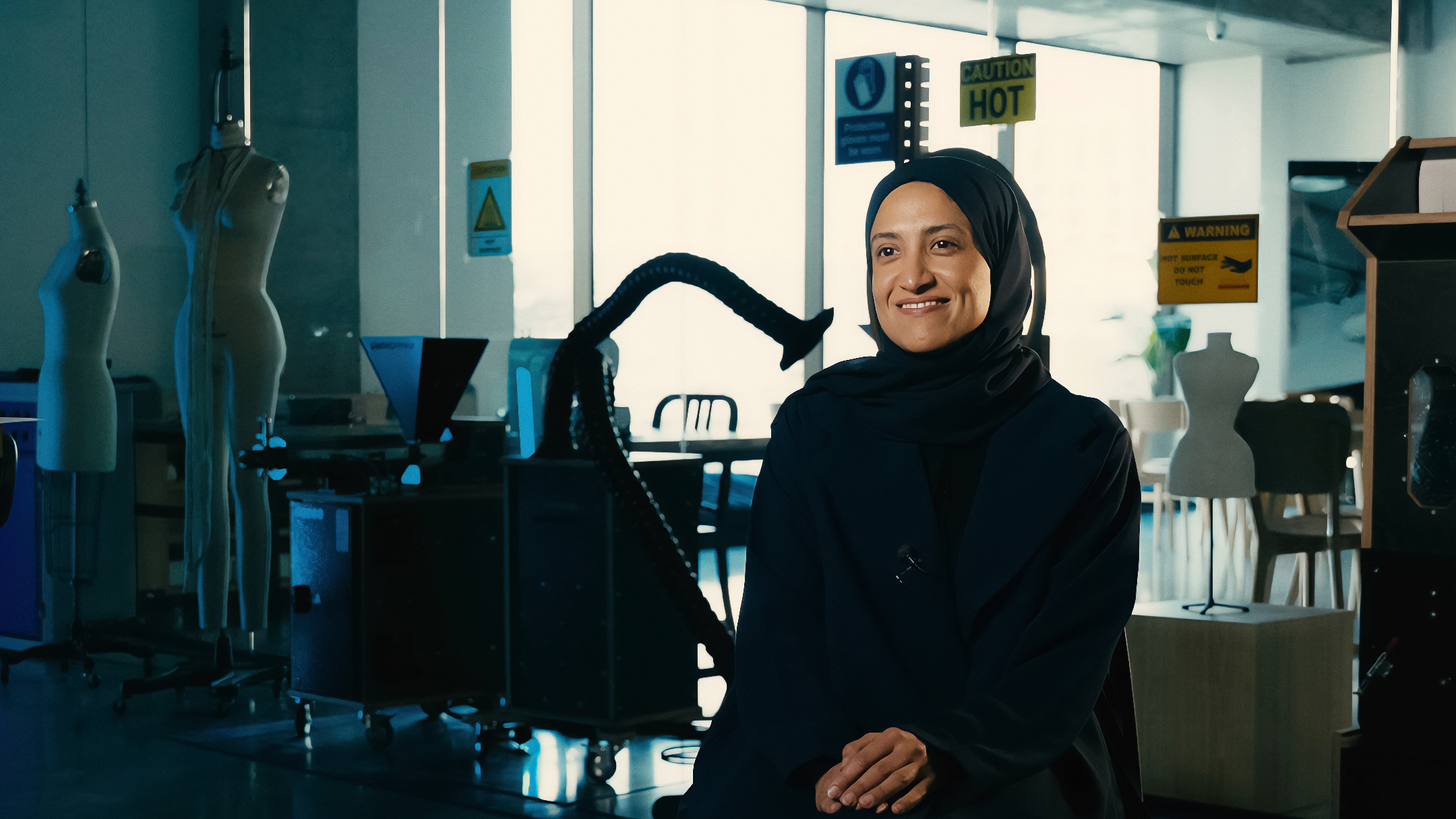
For interior and furniture designer Galiyah Al Mohannadi, her passion for design began with her father, “My interest in interior design began with my father’s architecture and engineering books. With time I became interested in how design could give a place a special character and a different spirit, and how a piece of furniture can completely change a place and be part of its story.”
It is clear to see how Galiyah’s philosophy has shaped her work for the Zwara programme, culminating in the piece ‘Saraab’, meaning “mirage” in Arabic. Inspired by the Charlotte Perriand shelving unit, Galiyah has taken the design and incorporated rotating divisions and coloured glass into the piece. These changes draw from local culture and allow the unit to cast shadows and light, transforming the room, while inviting viewers to engage not only with the physical object but also with intangible qualities of light, colour, and emotion.
“My work for the Zwara exhibition was focused on the idea of design as an interactive and personal experience… Saraab is a changing, unstable mirage that can be seen differently according to a person’s perception and imagination,” she explains.
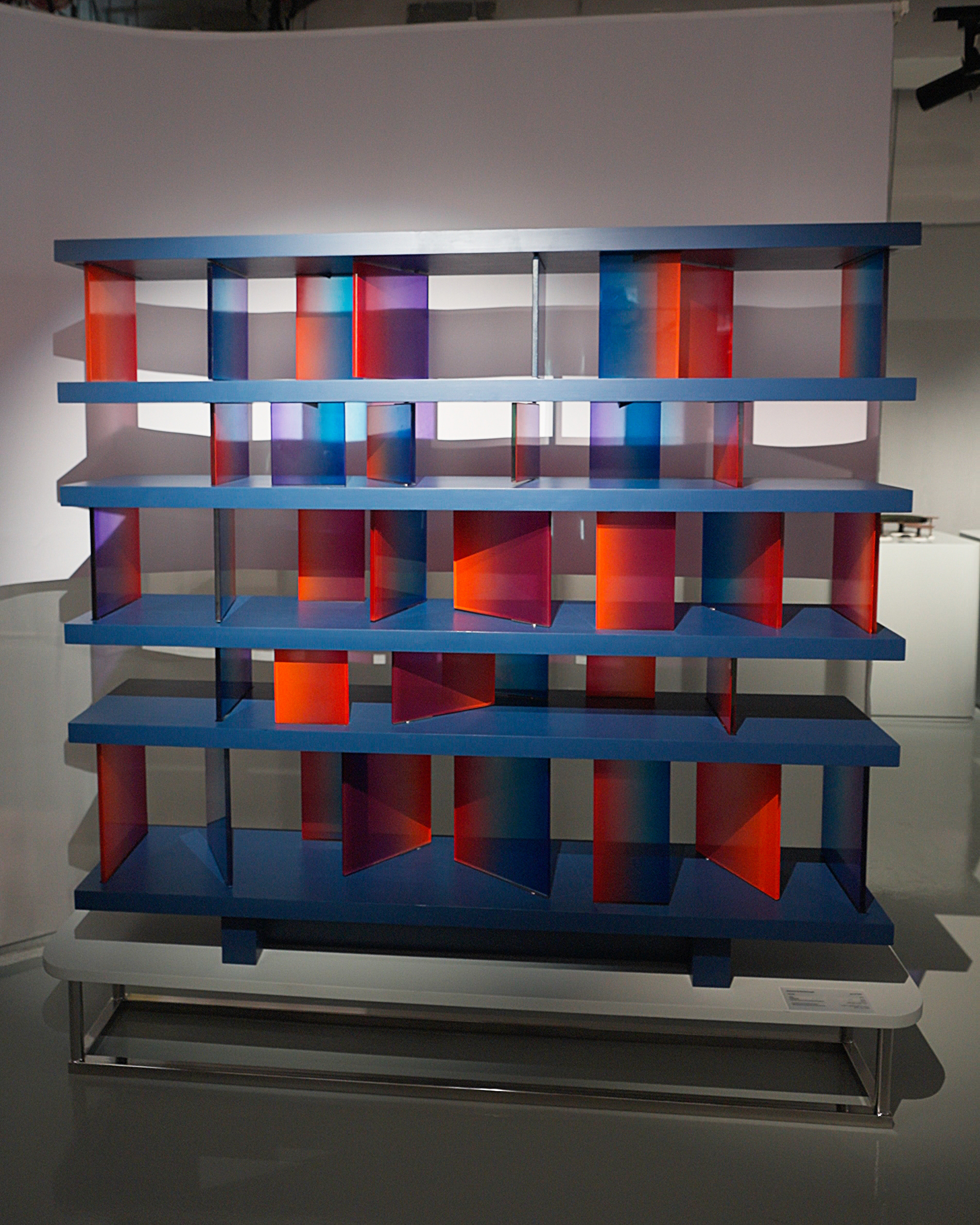
Through their work in the Zwara programme, both Hammam and Galiyah demonstrate how deeply personal design can be, whether to the creative themselves or their audiences. With Hammam’s local reinterpretation of traditional Qatari seating and Galiyah’s experiential furniture, with the help of M7, these two artists are pushing the boundaries of Qatari design.

